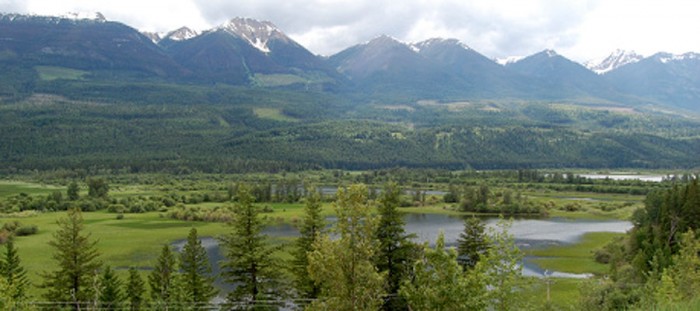The World Bank recently released a report titled “Mitigating Climate Change through Restoration and Management of Coastal Wetlands and Near-shore Marine Ecosystems.” The report finds that the drainage and degradation of coastal wetlands is responsible for significant emissions of carbon dioxide directly into the atmosphere and the reduction of carbon sequestration capacity.
The numbers are staggering. Of the 15 coastal wetlands studied, seven were found to have released more than 500 million tons of CO2 each since the wetlands were drained. That’s over 3.5 billion tons of carbon dioxide! Coastal wetlands are some of the most effective systems for sequestering carbon because they can lock in an incredible amount in the soil, where it can stay for millenniums. They differ from terrestrial systems because they are constantly building larger and larger carbon pools. However, that also means they release much more carbon dioxide when they are drained or converted.
It will be interesting to see how and whether this report affects the Supreme Court case we reported on in our last post. To read more about the report, click here.
Photo courtesy of Hollylewi

